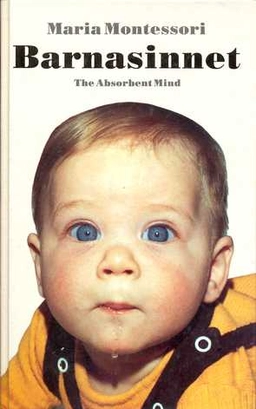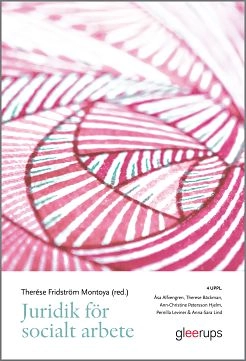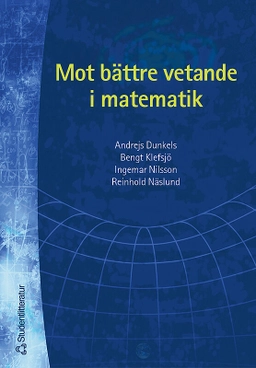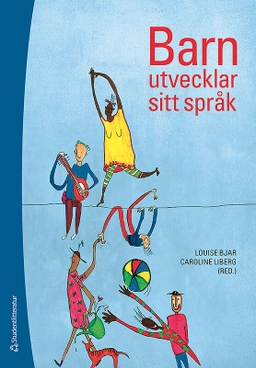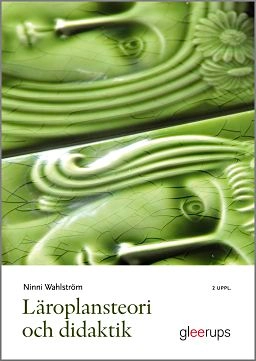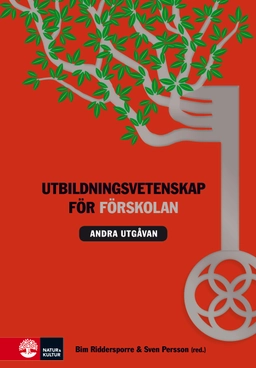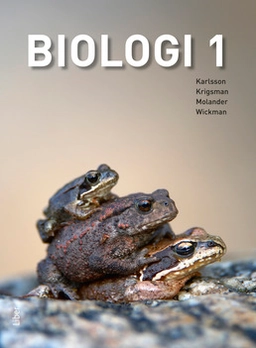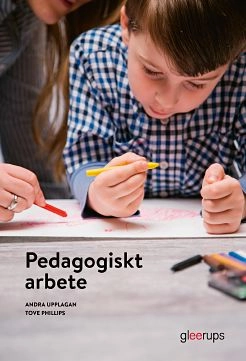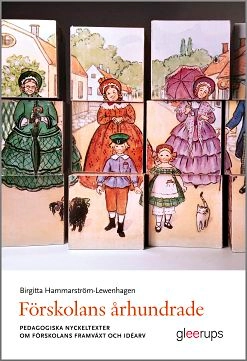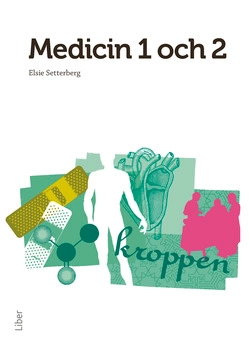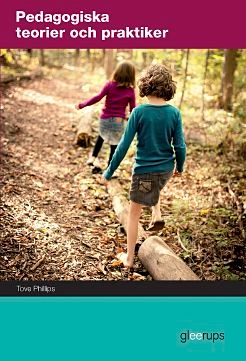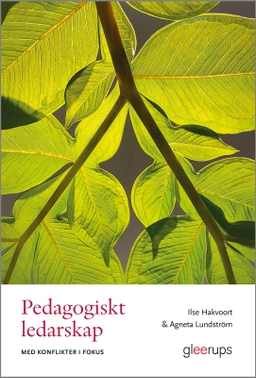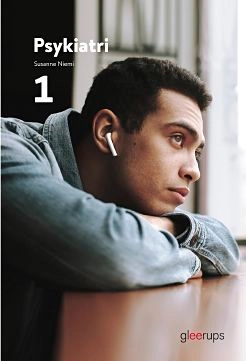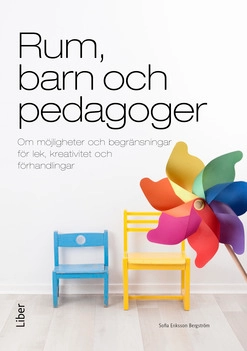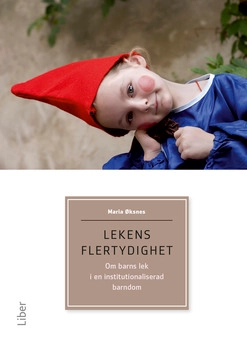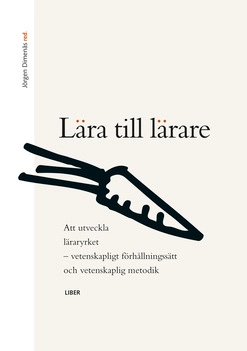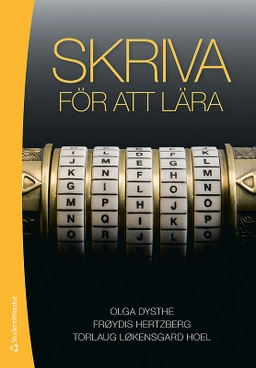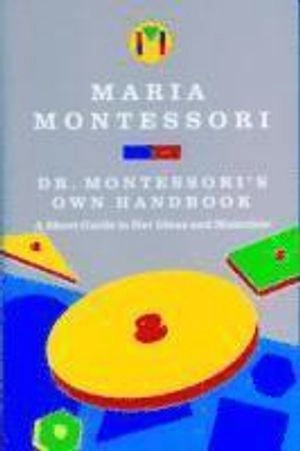

Dr. Montessori's own handbookUpplaga 2
- Upplaga: 2a upplagan
- Utgiven: 1988
- ISBN: 9780805209211
- Sidor: 192 st
- Förlag: Schocken
- Format: Häftad
- Språk: Engelska
Om boken
Åtkomstkoder och digitalt tilläggsmaterial garanteras inte med begagnade böcker
Mer om Dr. Montessori's own handbook (1988)
1988 släpptes boken Dr. Montessori's own handbook skriven av Maria Montessori. Det är den 2a upplagan av kursboken. Den är skriven på engelska och består av 192 sidor. Förlaget bakom boken är Schocken.
Köp boken Dr. Montessori's own handbook på Studentapan och spara pengar.
Referera till Dr. Montessori's own handbook (Upplaga 2)
Harvard
Oxford
APA
Vancouver
